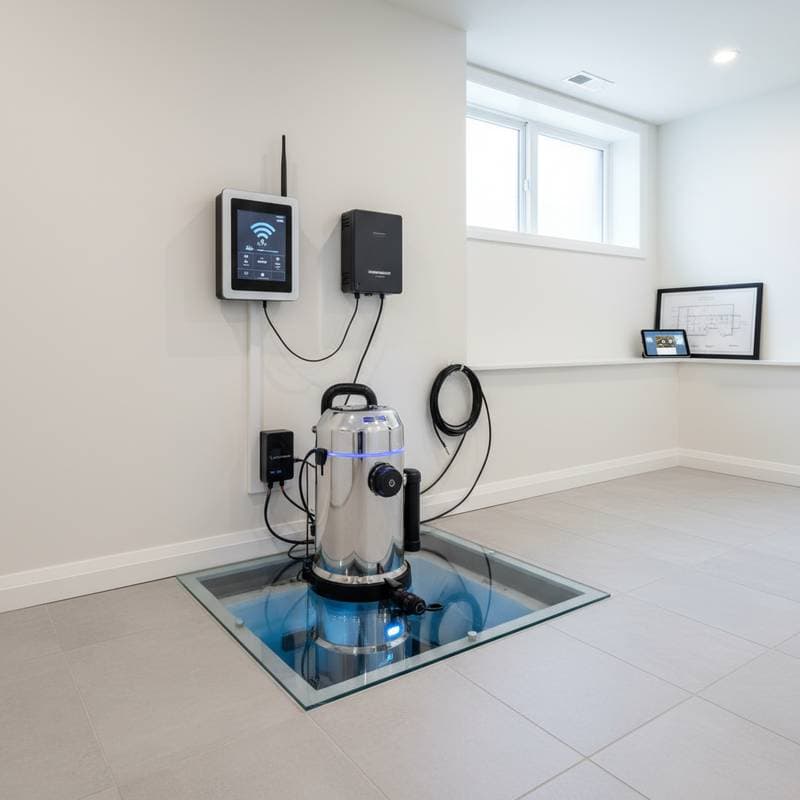Understanding Insurance Coverage for Mold Issues
Mold remediation presents a significant financial challenge for homeowners, often stemming from water damage events that policies may cover indirectly. Standard homeowners insurance typically excludes mold as a standalone issue, yet connections to perils like burst pipes or storm leaks can unlock reimbursements. By identifying these links early, individuals position themselves to recover a substantial portion of expenses through careful claim preparation.
Policies vary by provider and location, but common exclusions apply to gradual moisture buildup while sudden incidents remain eligible. Homeowners benefit from reviewing policy language for terms such as sudden water discharge or ensuing damage. This foundational step ensures claims align with covered scenarios, avoiding outright denials.
1. Linking Mold to Covered Perils
To leverage insurance effectively, establish a clear causal chain between mold and a covered event. For instance, if a plumbing failure leads to moisture accumulation, document the pipe burst as the primary peril. Insurers must then consider mold as secondary damage under ensuing loss provisions.
Professional assessments strengthen this connection. Hire a certified inspector to report the timeline, showing mold developed within days of the incident. Such evidence shifts the claim from excluded mold remediation to broader water damage recovery, potentially covering up to 80 percent of related costs.
2. Utilizing Hidden Damage Clauses
Many policies include clauses for hidden or concealed damage that manifests after an initial covered loss. If mold appears behind walls following a leak, invoke this provision to argue for coverage. Adjusters often overlook these details unless prompted with specific policy references.
Request a supplemental inspection focused on inaccessible areas. Reports detailing spore spread through undetected pathways can justify expanded claims. This approach has helped homeowners recover funds for full remediation when initial assessments missed the extent of damage.
3. Mastering Documentation for Claims
Thorough records form the backbone of successful insurance claims. Capture high-resolution images of affected areas, moisture sources, and remediation progress from discovery through completion. Include timestamps, weather reports, and maintenance logs to demonstrate the incident qualifies as sudden and accidental.
Compile a timeline narrative alongside receipts and expert opinions. This package not only supports the claim but also facilitates appeals if initial denials occur. Insurers respond better to organized, evidence-based submissions, increasing approval rates for partial or full reimbursements.
4. Negotiate for Partial Coverage Under Water Damage
Even when full mold removal falls outside coverage, insurers frequently reimburse initial drying, demolition, and reconstruction efforts. These elements often represent half the total expense. Contractors who itemize services separately enable targeted requests for structural reimbursements.
Example: In a documented case, the insurer denied payment for mold removal specifically but approved $3,200 for damaged drywall replacement and carpet disposal. The homeowner covered only $1,800 personally for the mold treatment itself.
Present adjusters with broken-down invoices highlighting eligible portions. Persistence in negotiations can yield compromises, especially when policy ambiguities exist.
Cost Breakdown: Allocating Your Budget Wisely
Mold remediation expenses vary based on the infestation's origin, scale, and location within the home. Understanding this distribution helps prioritize insured categories. Below is a typical allocation for a moderate-sized project.
| Expense Type | Budget Range | Regional Notes |
|---|---|---|
| Inspection and Testing | $200–$600 | Elevated in coastal humid areas |
| Containment and Filtration | $300–$800 | Covers HEPA units and barriers |
| Removal and Cleaning | $1,000–$3,500 | Increases in confined spaces |
| Drywall and Flooring Replacement | $800–$2,000 | Depends on material selections |
| HVAC Duct Cleaning | $400–$1,200 | Essential for airborne spread |
Total Average: $2,500–$7,000
Targeting one or two categories tied to covered events can reduce out-of-pocket costs by 30 to 50 percent. Focus on high-value items like replacement work, which insurers view more favorably.
Timing Strategies Amid 2025 Market Pressures
Supply chain disruptions continue to drive up material and labor prices in 2025. Remediation contractors face increased demand, making prompt action essential. Initiate work within two weeks of damage detection to secure reasonable quotes and prevent escalation.
Delayed responses allow mold to proliferate, inflating bids significantly. Optimal scheduling occurs in spring or fall, periods of moderate humidity and better contractor availability. Adjusters process claims more swiftly during non-peak storm seasons, accelerating reimbursements.
Assessing Return on Investment for Remediation
Investing in prompt mold remediation yields long-term financial and health benefits. Unaddressed growth can devalue properties by 20 to 30 percent, per real estate analyses, while health risks from exposure add medical costs. Insurance recoveries offset upfront expenses, often achieving full cost recovery within policy limits.
Consider the broader impact on home equity. Proper remediation preserves structural integrity, avoiding costly future repairs. Homeowners who secure partial coverage see a positive ROI through stabilized property values and reduced ongoing maintenance needs.
Steps to Secure Coverage and Execute Repairs
Follow this sequence to maximize insurance benefits and complete remediation efficiently.
- Document Immediately: Photograph damage, note dates, and notify your insurer promptly.
- Identify the Cause: Engage a plumber or roofer to verify a sudden origin.
- Request Targeted Review: Direct the adjuster to assess under water damage provisions, bypassing mold exclusions.
- Engage Certified Experts: Select remediation professionals who supply itemized bills and origin reports.
- Negotiate Specific Items: Distinguish mold treatment from rebuild costs to claim eligible parts.
- Track All Expenditures: Retain records of lodging, supplies, and diagnostics for reimbursement opportunities.
Implementing these steps transforms a daunting process into a controlled one. Homeowners emerge with safer living spaces and minimized financial strain, ensuring lasting protection for their investments.



